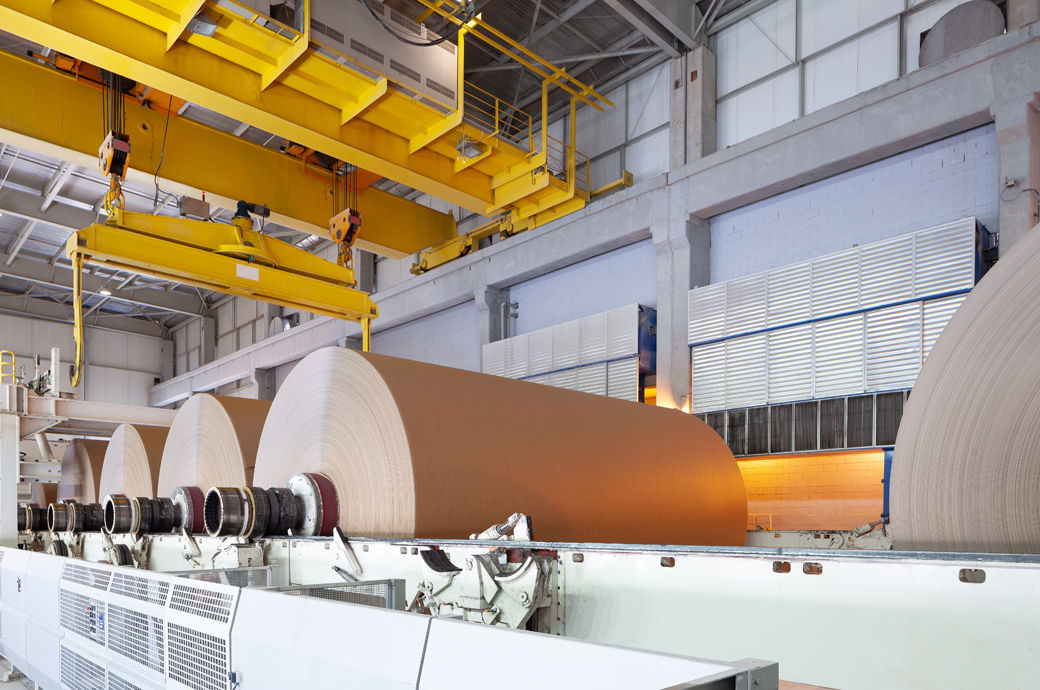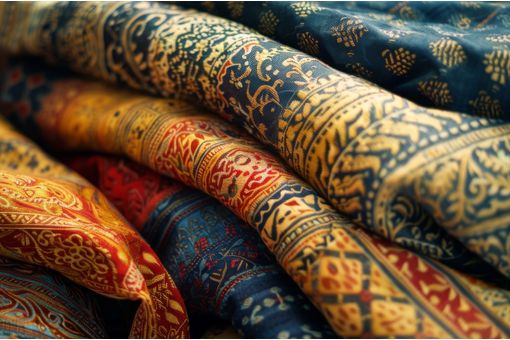Land use, mill operations drive climate profile of MMCF production

Insights
- The key drivers of the climate profile of man-made cellulosic fibre (MMCF) production are land use management, including feedstock harvest; dissolving pulp production; and operations at MMCF mills, according to a recent report.
- The greenhouse gas profile of MMCF is heavily influenced by the type of feedstock and location of feedstock production, it notes.
The greenhouse gas profile of MMCF is heavily influenced by the type of feedstock and location of feedstock production, it notes.
Land management choices can influence—reduce, maintain or increase—the amount of carbon stored in land systems. Carbon dioxide emissions from land use and land use change are dominant contributors to the GHG profile of MMCF.
However, use of non-wood sources, including waste textile scraps and agricultural wastes, eliminates the need to procure virgin wood and can, under suitable conditions, drive lower impacts to climate, the report comments.
Furthermore, depending on the location and factoring in the avoidance of areas where biogenic carbon is high, use of wood from sustainably managed forests and plantations has some potential to minimise GHG impact.
Data from existing MMCF life cycle assessments (LCAs) indicate that climate impacts are highly variable, depending on the region and source of MMCF. It is critical to include the GHG fluxes from land use and land use change activities linked to feedstock harvest, the report recommends.
Dissolving pulp is the main feedstock used for producing MMCF, and the environmental performance of an energy-intensive dissolving pulp mill is influenced by the processing efficiencies in the energy generation plant and the production line, and the selection of pulping and bleaching technologies.
Additionally, the type of wood used for pulping may influence the yield, the applied processes and techniques, and the process efficiency, the report says.
Process energy requirements and energy (fuel) mix for pulp dissolution process to prepare MMCF dope solution and impacts associated with caustic soda production are the key factors influencing MMCF production at the MMCF mill. Greenhouse gas emissions are driven by the source of energy used at the mill, it says.
Non-integrated mills may either generate steam on-site or purchase electricity from the grid. The grid mix of a region can influence the GHG profile of MMCF mills.
Existing LCA studies show that MMCF mills can have higher climate impacts associated with MMCF production due to a coal-dominated energy grid mix and heat generation. Integrated pulp and MMCF mills are more energy efficient compared to non-integrated ones.
Caustic soda, the main chemical input required for dissolving pulp to regenerate fibre, is one of the main contributors to climate impacts at the MMCF mill and the best practice is to produce caustic soda using mercury-free technology like membrane cell technique to mitigate these emissions, the report recommends.
Integrated pulp and fibre production is more energy-efficient and has the potential to reduce overall energy use, the report adds.
Fibre2Fashion News Desk (DS)
































-Ltd..jpg?tr=w-120,h-60,c-at_max,cm-pad_resize,bg-ffffff)





.jpg?tr=w-120,h-60,c-at_max,cm-pad_resize,bg-ffffff)
.jpg?tr=w-120,h-60,c-at_max,cm-pad_resize,bg-ffffff)






